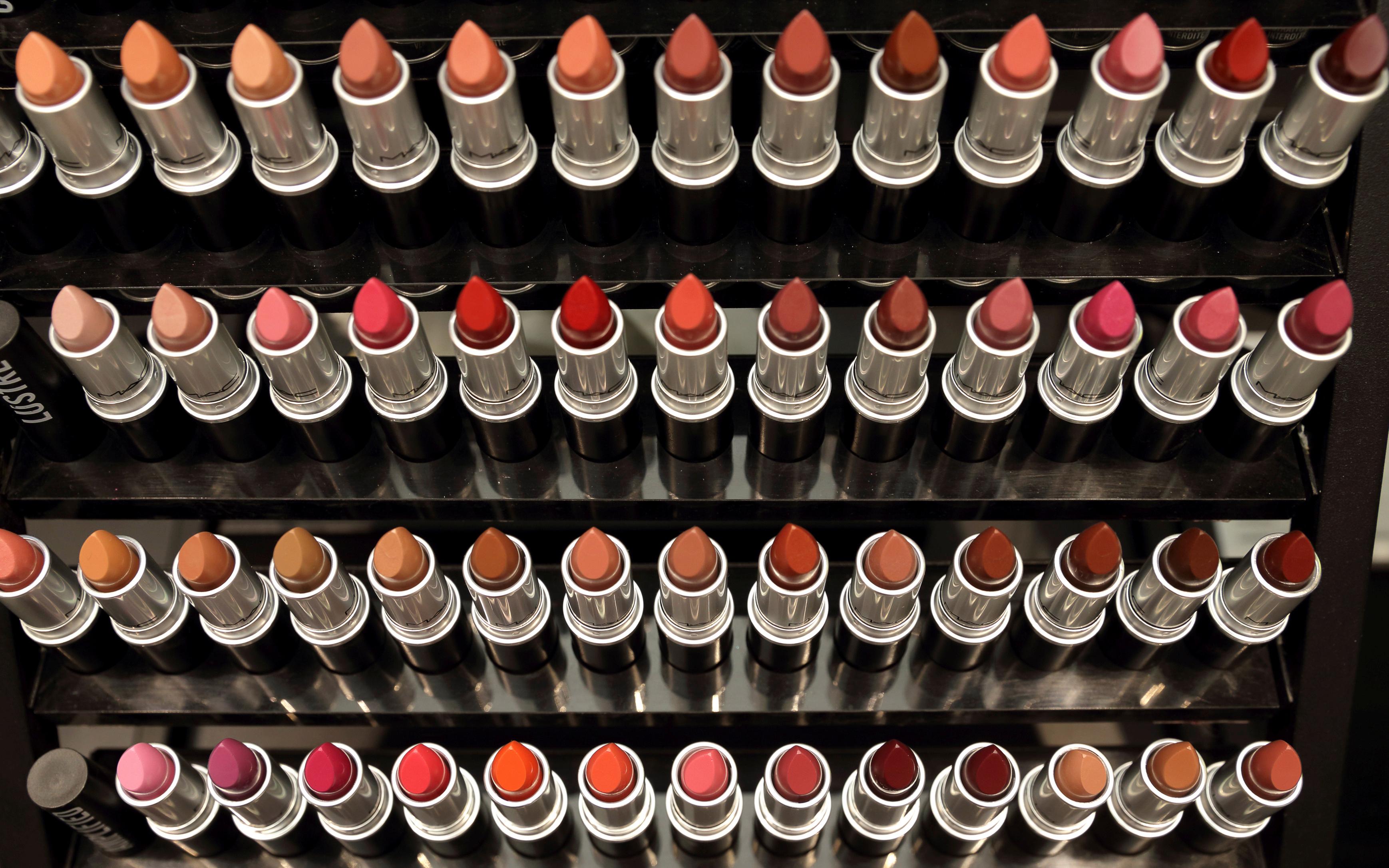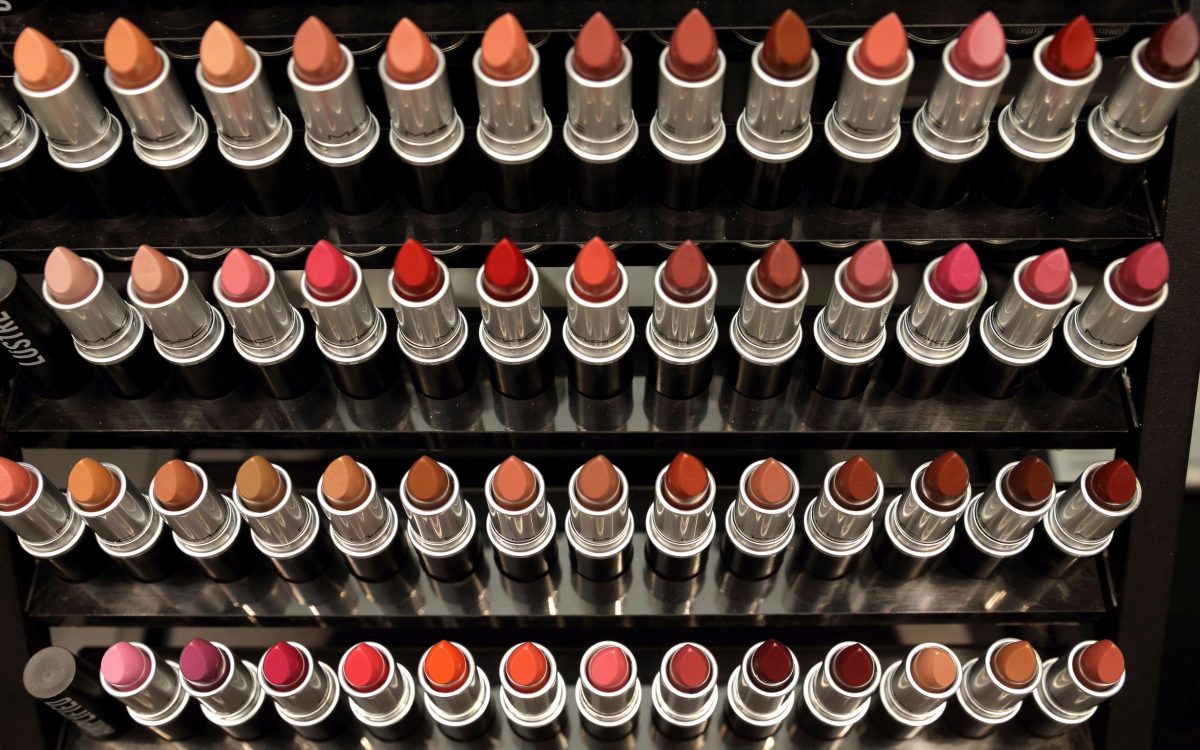
Amazon recently unveiled a debut collection of makeup products under its private label “find,” which also sells apparel basics. Available only from Amazon’s UK site for now, the products—for the eyes, brows, face, lips, and nails—are sold in “bundles” rather than individually. All are Prime eligible and priced under $20, comparable to drugstore offerings.
Historically, an announcement from Amazon that it’s expanding into a new market has caused fear and anxiety: In 2017, grocery chains lost nearly $12 billion in market capitalization in a single day after Amazon said it would lower prices at Whole Foods. Last year, Amazon shared its vision for an independent healthcare service, causing the market value of the 10 largest listed health-insurance and pharmacy stocks to fall by a combined $30 billion in a few hours.
Seven major conglomerates control the beauty industry and nearly 200 of its brands. So far, Amazon’s quiet move onto their turf hasn’t set off alarm bells. That said, the company has successfully disrupted everything from books to furniture without much fanfare, and an unassuming move into the beauty space could signal the beginning of a more aggressive campaign. Indeed, Amazon’s private-label business (which includes over 80 of its own brands) is expanding at the expense of big brands, and is on track to generate $25 billion by 2022.
Amazon is also already a premier destination for cosmetic products. In 2016, A.T. Kearney surveyed American women who shop online for beauty products. It found that 69% searched for and purchased beauty and personal products on Amazon, beating out Sephora (41%) and Ulta (37%). What’s more, beauty and personal care products are the second-most-shopped categories on Amazon. A report from One Click Retail showed that sales of health and personal care items on the platform totaled $1.9 billion in the second quarter of 2018 (a 23% increase from a year earlier), while sales for beauty products were up 26% at $950 million.
The e-commerce behemoth is already a major beauty channel. It boasts three differentiated categories on its site: luxury beauty, where it sells prestige brands you’d find at a department store (this category ballooned 57% in the second quarter of last year, per One Click); professional beauty, with products you’d find in salons and spas; and indie beauty, which sells independently owned brands not found at retailers like Target, Sephora, or Ulta.
But the beauty industry might prove unusually resilient to competition from Amazon, thanks in part to brick-and-mortar chains like Ulta, which UBS described as “one of the best growth stories in retail” last year. Indeed, shares of the Fortune 500 company continue to surge with promises of new store openings, a wide-ranging product selection (it sells both luxury and drugstore brands, like Amazon), a strong loyalty program, and continuing investment in beauty tech. Ulta is also the exclusive partner to Kylie Jenner’s wildly successful cosmetics line.
Its rival Sephora, meanwhile, showed growth “across all areas of operation” in its most recent quarter. Parent company LVMH doesn’t break down sales, but it revealed that its “selective retailing” category grew 9%, indicating that Sephora, which focuses on luxury products and caters to a more urban customer than Ulta, remains on the uptick.
Such chains have something Amazon doesn’t: stores.
Brick-and-mortar beauty continues to thrive because of the nature of buying makeup. It’s a tactile experience that often requires in-person exploration. Beauty tech, including virtual and augmented reality, may someday become the main way consumers try lipstick or match a foundation shade to their skin color. But so far, most shoppers prefer to do that sort of thing inside of a store.

